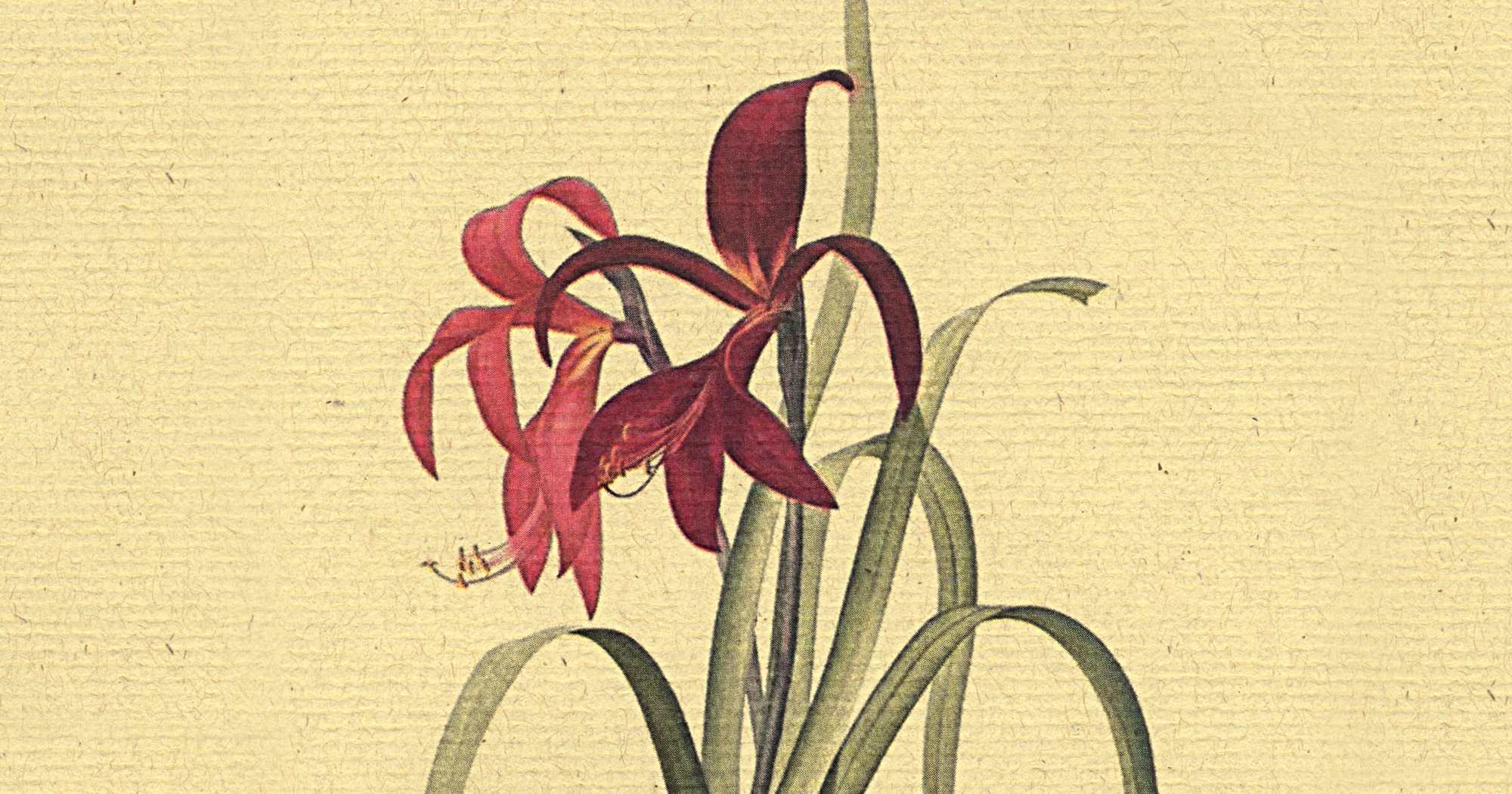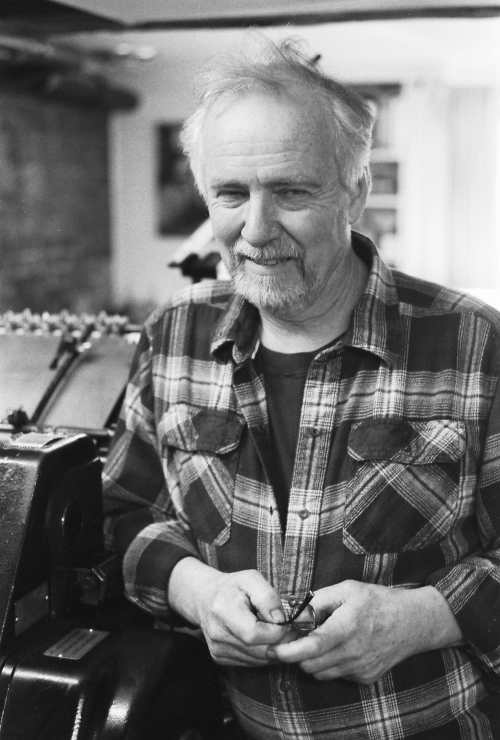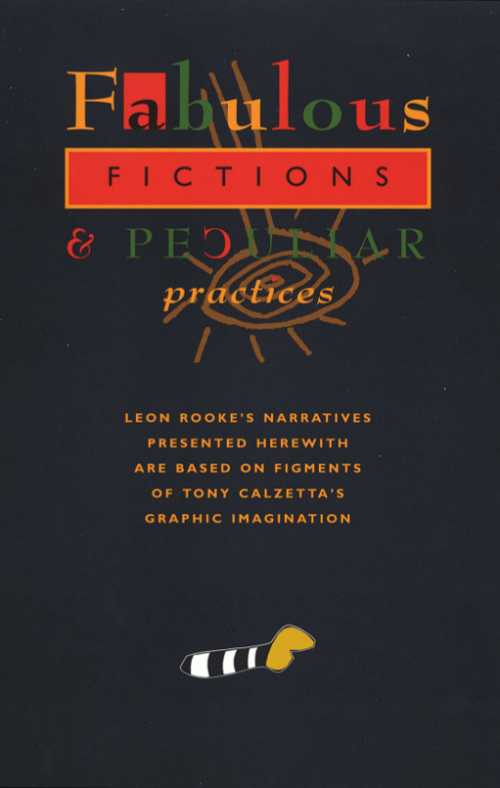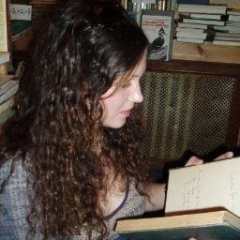Artisanal Books Unlike Anything You've Read

While e-reading has its benefits, there’s still nothing quite like the feel, and experience, of reading a physical book. This is particularly true of books that are beautiful: that are bound with intention, that revel in their own tactility, that are as sensual as they are thought-provoking. Where such volumes are concerned, the Canadian publisher Porcupine’s Quill helps lead the way, making all that was once beloved about great books new again.
A Porcupine’s Quill volume is an experience—not just for the finely tuned words within its covers, with titles ranging from poetry collections to artists’ musings to reproduced wood engravings. These diverse and gorgeous foci come even more to life because of the way they are presented: on paper that invites touch, with accompanying images in vibrant colors. Theirs are books that you don’t just read and love, but that you keep, knowing that you’ll want to turn them in your hands again and again. We asked Porcupine’s Quill founder Tim Inkster what makes this publishing venture so unique, and why he’s devoted to this high-craft way of presenting titles.
Tim Inkster, Porcupine’s Quill
The books that you produce invite a multisensory reading experience: they’re often full of art; their pages invite touch. Why is this exquisite packaging important to your press?

Tim Inkster, Porcupine's Quill. 'Our mission...is to preserve the culture of the written word.'
Packaging has, from the very beginning, been a major consideration for the Porcupine’s Quill. We started as a book printing company, and are still one of very few presses in Canada to do most of our production work in-house, which means that we have the opportunity—and perhaps the responsibility—to create artisanal books that will endure. All of our books are printed on specialty Zephyr Antique Laid paper, and bound with smyth sewing and hand-tipped colored endleaves chosen to complement each new title.
The art that we publish is in many ways the result of our production values. We published our first collection of wood engravings, Gerard Brender à Brandis’s Wood, Ink & Paper, in 1980 after several years of convincing the artist that offset technology could do justice to his graven wood blocks. Since then, artists have been drawn to the quality of the printing and the fidelity of the reproduction, as well as our ability to include trinkets such as fold-outs and interior color.
In recent years, print quality has also become something of a marketing tool. Readers today are bombarded with choice—from the types of content they read, to the formats in which they read it. We offer a small, carefully curated selection of books, by important authors and artists, and present them in packages that will stand the test of time.
Tell us a little bit about how Porcupine’s Quill started, and what its mission is.
The Porcupine’s Quill got its start in September of 1974, originally as the production arm of Dave Godfrey’s Press Porcépic. We began acquiring manuscripts of our own the next year with Brian Johnson’s Marzipan Lies. Brian Johnson was, for many years, the film critic for Maclean’s, and claims to have met Mick Jagger of the Rolling Stones, twice! Early titles included slim volumes written by poets with ties to the University of Toronto, then later evolved, under the direction of novelist John Metcalf, to include a highly regarded fiction list. In recent years, we have expanded the scope to include memoirs as well as trade replicas of limited edition artists’ books.
Our mission, broadly stated, is to preserve the culture of the printed word. This means applying our expertise in the craft of twentieth-century offset printing to create quality books that look and feel like nineteenth-century letterpress products. It also means acquiring work by Canadian authors whose voices are new, underrepresented, or verging on oblivion. Young novelists, perhaps, and aging poets.
What qualities do you look for in prospective Porcupine’s Quill titles and authors?
Acquisitions at the Porcupine’s Quill are often the result of a fair bit of serendipity, but for the most part, we look for good, strong writing that can be enjoyed for years to come.
We particularly look for manuscripts that represent the intersection between literature and other creative disciplines: between text and image, memoir and music, fact and fiction, offset and letterpress. This intersection allows us to play to our strengths as a company and, we have found, often results in work that is unique, dynamic, and exciting.
We enjoy collaborating with authors who are willing to work just as hard as we do in making sure each book is a success. These authors are committed to meeting deadlines, responsive to queries about editorial changes and design issues, and willing to promote their books at events and in social media.
Which upcoming projects are you most excited about?
For the fall we have a critical book by curator Tom Smart on the graphic novels of cartoonist Gregory Gallant (Seth) that will offer a wealth of graphic possibilities we can exploit to illustrate and support the author’s assessments of Seth’s unique mastery of graphic autobiography.
What have been the greatest challenges and/or rewards for you in operating an independent press with a very particular focus?
Our greatest challenge continues to be finding ways to reach new readers amid the clamor of bigger (and better funded) presses. The current literary environment is very much dominated by big box and chain bookstores, a retail environment characterized by big numbers and quick turnovers—and one to which a handmade book product is not particularly well suited. And while the Internet may have leveled the playing field a bit, we are now competing with self-published authors and other indies and more voices than ever before.

The reward, however, is that we are able to indulge our passion for the printed word in a way that more commercial presses cannot. We can take on projects like Fabulous Fictions & Peculiar Practices, for instance—a book unlike anything you’ve seen or heard of before—or the ten-volume Collected Works of P. K. Page, which we believe is central to our national literary identity. We also have the freedom to engage new, up-and-coming authors who haven’t yet mustered the clout to be noticed by high-powered agents. We’ve been very lucky over the years to have published several authors ‘before they were famous,’ including Jane Urquhart, Andrew Pyper, Elizabeth Hay, and Annabel Lyon.
What are you reading now?
I rarely have time to read for pleasure, though I do enjoy a daily report on the antics of the Republican nominee for president.

Michelle Anne Schingler is associate editor at Foreword Reviews. You can follow her on Twitter @mschingler or e-mail her at mschingler@forewordreviews.com.
Michelle Anne Schingler
